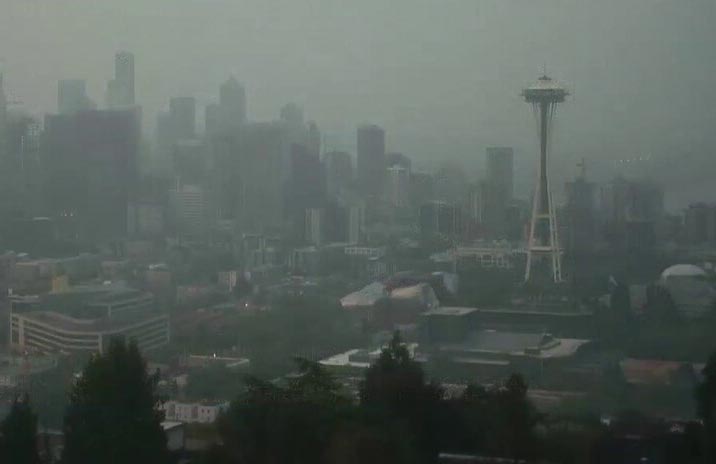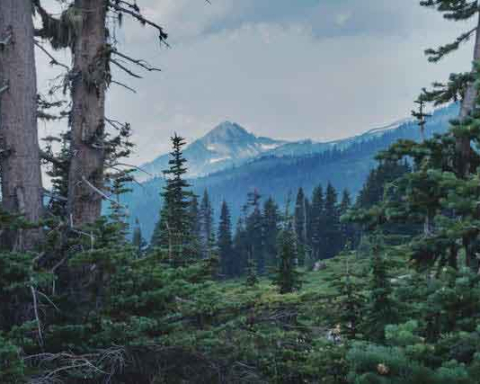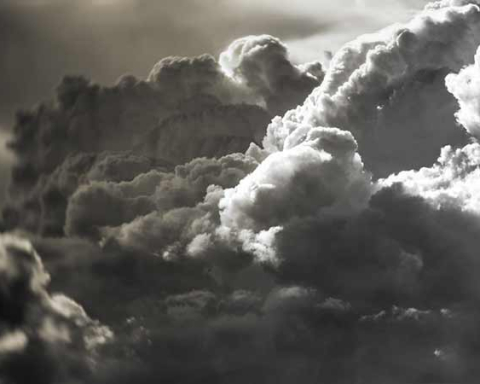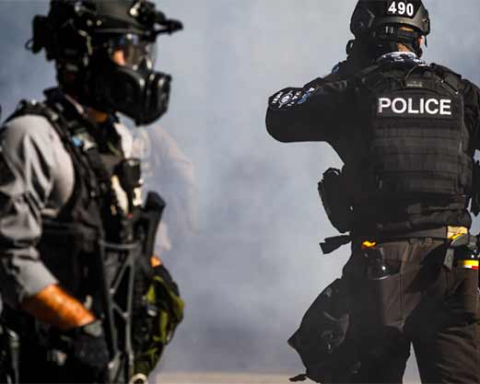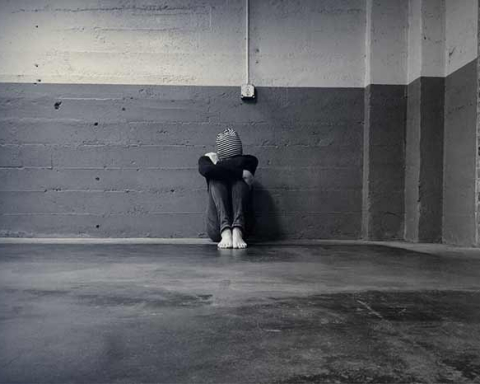The Space Needle in Seattle, neighboring mountains, and the skyline were all obscured by a dense mixture of smoke and fog on Thursday when Seattle experienced the worst air quality in the whole globe.
The city got the worst air on earth for the second time in a row, surpassing notoriously filthy places like Beijing and Delhi. The air quality index, or AQI, in Seattle exceeded 240 on Wednesday and Thursday, which is considered to be “extremely harmful” for all age groups.
A block away, it was difficult to discern the summit of a structure, and many people donned masks to shield their faces from the noxious smoke smell and airborne particles.
On Thursday afternoon, Seattle’s level of PM 2.5, or microscopic particles fewer than 2.5 microns in diameter, was 38 times higher than the yearly level advised by the World Health Organization, according to the air quality monitor site IQAir.
Cause of Poor Air Quality
The reason was weeks of exceptionally dry and hot weather mixed with forest fires burning in the Cascade Mountains. Seattle set a record for the warmest day this late in the fall on Sunday with a temperature of 88 degrees.
According to the National Oceanic and Atmospheric Administration, Washington has received remarkably little precipitation before June, and 56 percent of the state is currently experiencing a drought.
A meteorologist with the National Weather Service in Seattle, Maddie Kristell, called it a “shocking fact” that Seattle has the worst air quality in the whole globe. She stated that a continuous high-pressure ridge that has prevented storms from passing over Seattle is contributing to the issue.
She stated, “That ridge was so powerful and it was really blocking a change in weather patterns from coming through.” This, along with warmer-than-normal temperatures, made it possible for the flames to burn longer than they normally could have.
The city’s poor air quality comes as scientists work to determine whether wildfire smoke is getting worse and how it’s damaging people’s health on the West Coast and elsewhere. Research released last month found that over the past ten years, the number of Americans who experience an excessive smoking day has dramatically grown.
As one of the study’s co-authors and a professor of earth science at Stanford University, Marshall Burke, a Stanford University professor of Earth Sciences, recently stated that, “If you live in the West, you know that things have changed and it’s grown smokier. The objective, however, is to measure how much.”
Effects of Poor Air Quality
Less than 500,000 individuals annually, from 2006 to 2010, were exposed to significant levels of PM2.5, according to the researchers’ findings. However, that number increased to more than 8 million between 2016 and 2020.
There are more Americans who are exposed to suffocating, acrid air in summer and fall due to a hotter, drier environment and a lack of planning on how to avert massive wildfires.
In addition to aggravating respiratory and cardiovascular conditions, regular high exposures to PM2.5 have been proven to have negative effects on children’s test scores and memory.
However, according to Burke, no one truly understands how short bursts of very high air pollution influence people’s health and intelligence.
The current Seattle air quality advisory ends early on Friday. Rain is anticipated Friday afternoon through Saturday, and the National Weather Service stated the rain could significantly improve the city’s air quality.

